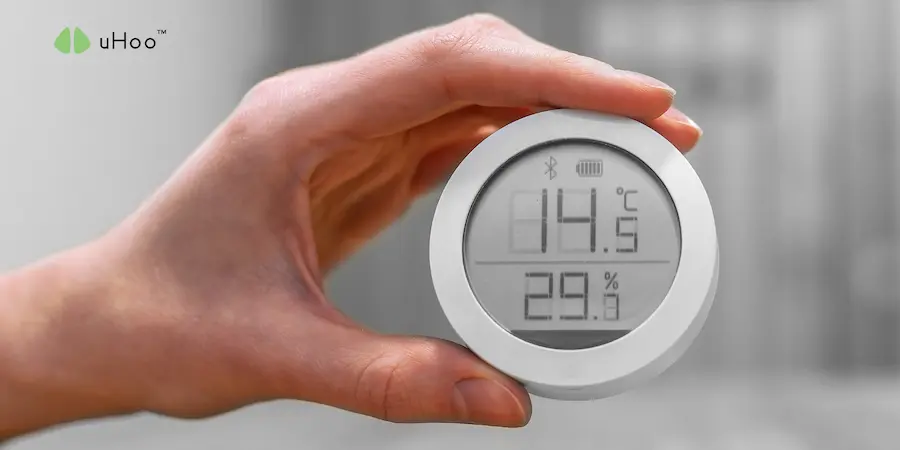We often focus on visible dust or the smell of cleaning products when considering indoor air quality. However, an invisible yet powerful factor can significantly impact the air we breathe: humidity levels. Maintaining the right balance of moisture in the air is crucial for respiratory health, preventing the growth of harmful microorganisms, and even affecting the longevity of our homes. But how do you know if your humidity is secretly working against you?
Too much or too little humidity can create a breeding ground for problems. High humidity, generally considered above 60%, fosters the growth of mold and mildew. These fungi release spores into the air, which are known allergens and irritants.
Exposure to mold has been linked to a range of respiratory issues, including asthma attacks, allergic reactions (sneezing, runny nose, itchy eyes), and even more severe health problems in susceptible individuals. A comprehensive review published in the journal Environmental Health Perspectives highlighted the strong association between damp indoor environments and increased asthma prevalence and morbidity (Fisk et al., 2007).
Conversely, low humidity, typically below 30%, can also be detrimental. Dry air can irritate the mucous membranes lining our respiratory tract, leading to dry coughs, sore throats, and increased susceptibility to viral infections.
A study in the Journal of Environmental and Public Health found that low relative humidity can enhance the survival and transmission of influenza viruses (Noti et al., 2013). Furthermore, dry air can exacerbate existing respiratory conditions like asthma and bronchitis. It can also lead to dry skin, itchy eyes, and even nosebleeds.
Beyond direct health impacts, improper humidity levels can also affect the structural integrity of your home. High humidity can lead to condensation on walls and windows, potentially damaging paint, wallpaper, and even the building’s structure over time. Low humidity can cause wooden furniture and flooring to dry out, crack, and warp.
Maintaining an optimal relative humidity level, generally between 30% and 50%, is therefore essential for healthy indoor air quality. Achieving this balance can feel like guesswork without the right tools.
Knowing your precise indoor humidity level is the first step towards creating a healthier environment, and a uHoo air quality monitor provides accurate, real-time humidity readings alongside other crucial air quality parameters to help you take informed action.
References:
- Fisk, W. J., Lei-Gomez, Q., & Mendell, M. J. (2007). Quantitative relationship between indoor dampness and mold and respiratory health: a meta-analysis. Environmental Health Perspectives, 115(10), 1483–1489.
- Noti, J. D., Blachere, F. M., McMurry, J. L., Keene, W. E., Hamre, D., Thompson, L., … & Milton, D. K. (2013). Low humidity limits influenza virus transmission across guinea pigs. Journal of Environmental and Public Health, 2013, 680391.



